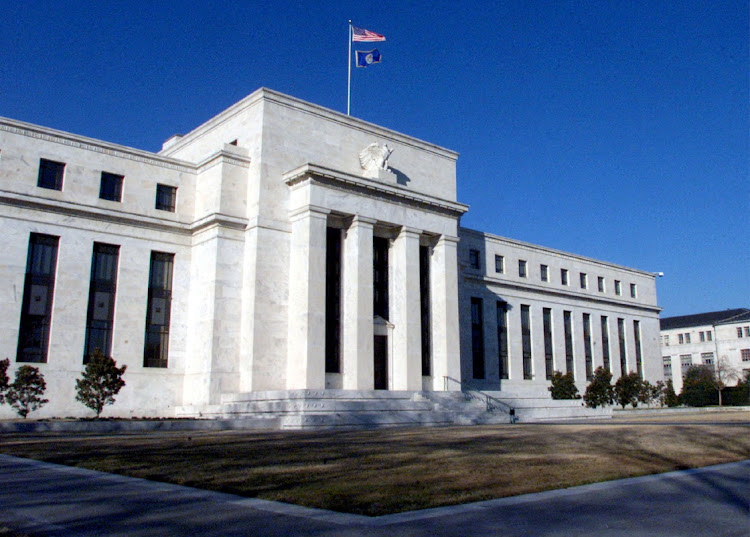Global interest rate narrative is higher rates for longer

The US Fed unanimously hiked policy rates to between 5.25% and 5.5% at this week’s federal open market committee meeting in line with market expectations and taking borrowing costs to the highest level in 22 years.
The Fed still expects two more rate hikes which will take policy rates to 6.0% by the end of the year. Market expectations are that the recent hike is the last in this cycle. If market expectations are to go by, this would support that the Reserve Bank is also done at an 8.25% repo rate.
SA’s headline consumer price inflation for June was 5.4%, now back well within the Bank’s target band of 3%-6%. It was also lower than market expectations for the third month in a row, stemming from downside surprises in food price inflation as well as favourable base effects from fuel prices.
Lower oil prices and a stronger currency contributed to the downward trend in inflation outcomes. The Bank accordingly decided to keep the repurchase rate at 8.25% in lieu of these developments at this month’s monetary policy committee meeting. However, there are old and new risks to inflation that will matter for the trajectory of inflation.
Let’s begin with the old risks. There is a forecast of an El Niño, a period of below average rainfall, which usually has a negative impact on agricultural harvest. El Niño episodes can be one or more seasons, and the last time we experienced this was during the 2015/16 season, which resulted in the decline of the maize harvest by 50%.
If history repeats, this will have a negative impact on food price inflation and therefore headline inflation. But weather experts suggest that this is likely to be a weak El Niño and will be for one season, thus the concerns on food price inflation must not be overblown.
The second risk is from the potential weakness in the rand against the US dollar, which would imply the rand price of imported goods such as machinery and equipment, manufactured products, and wheat, will increase. The reassessment of the US economic prospects from a potential hard landing to a soft landing bodes well for the rand, driven by weakness in the US dollar.
The US Fed no longer expects a US recession, which aligns with markets’ reassessment of a US soft landing. This, however, is not certain as the US yield curve remains inverted and the US leading economic indicator is contracting, suggesting that the probability of a recession over the next 12 months remain. US recessions tend to result in capital outflows from emerging markets, thus weaker currencies.
The third risk is that the Bureau for Economic Research’s inflation expectations for most SA economic role players, especially over two years, have increased in the second quarter of this year, posing a risk for future inflation outcomes. It is important to note that households’ and labour’s inflation expectations are influenced by recent inflation outcomes, food, and petrol price inflation. Business expectations are influenced by cost of production which largely reflects energy costs. Market expectations tend to follow monetary policy guidance.
Fourth, load-shedding remains a risk to inflation and growth, even though it has been less pronounced in June. If this continues, this will be positive for inflation outcomes.
The new risk is Russia’s decision to withdraw from the Black Sea deal, which allowed free flow of grain exports from Ukraine. The market’s response so far has been muted but agricultural commodity futures prices are ticking up. How this shapes in future is unknown and is a big risk for food prices, headline inflation and therefore policy rates.
Taking all these combined, what is clear from the committee is that interest rate cuts will not come soon. The Bank cites global interest rates that are likely to remain high for a longer period and the risks highlighted above. Not clear is the implication of the Bank’s data dependency on its policy path if any of the risks to inflation materialises.
The Bank was clear that we have not reached the end of a hiking cycle. The global interest rate narrative is mirrored locally. It is higher rates for longer.
